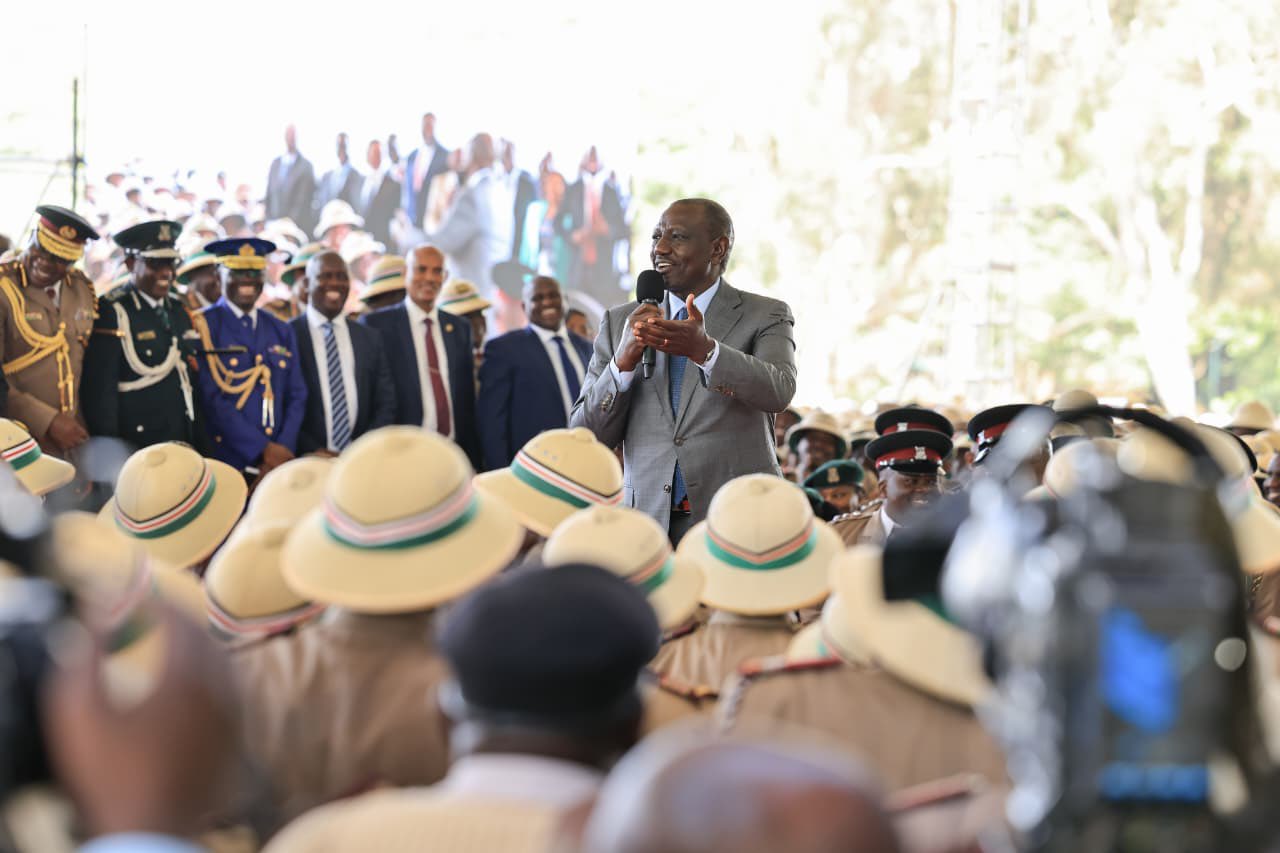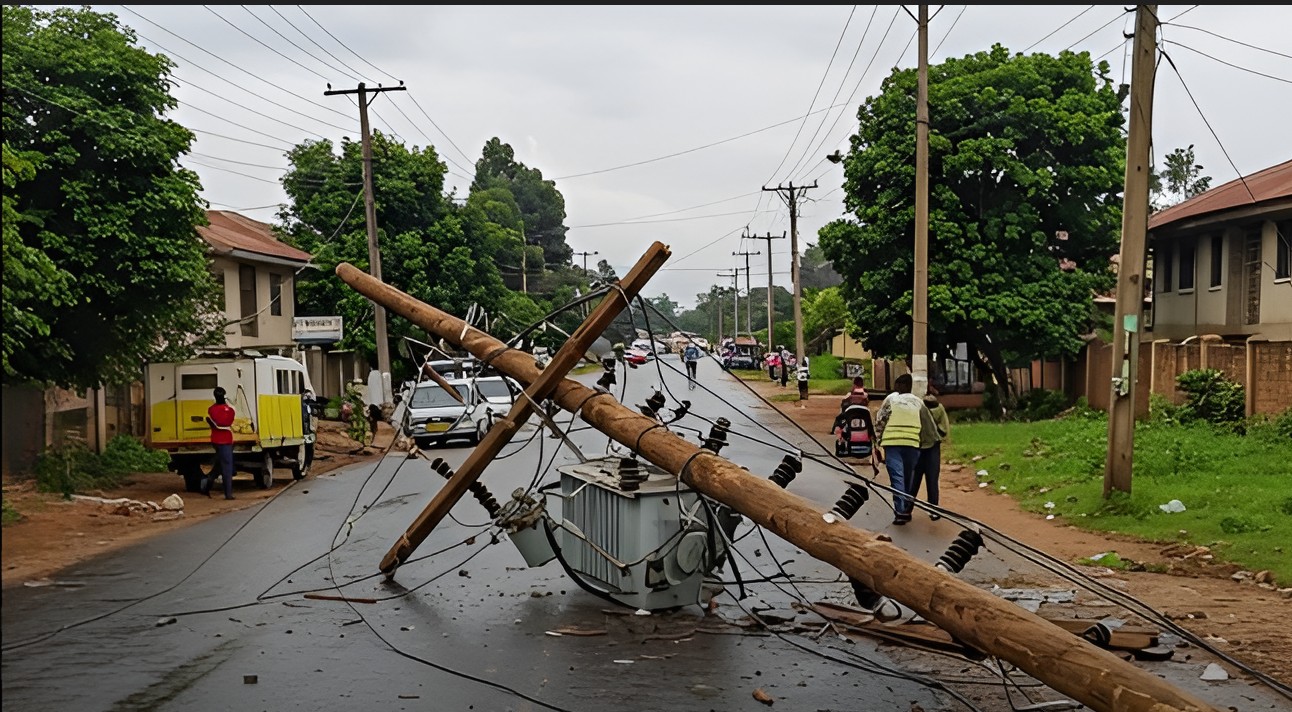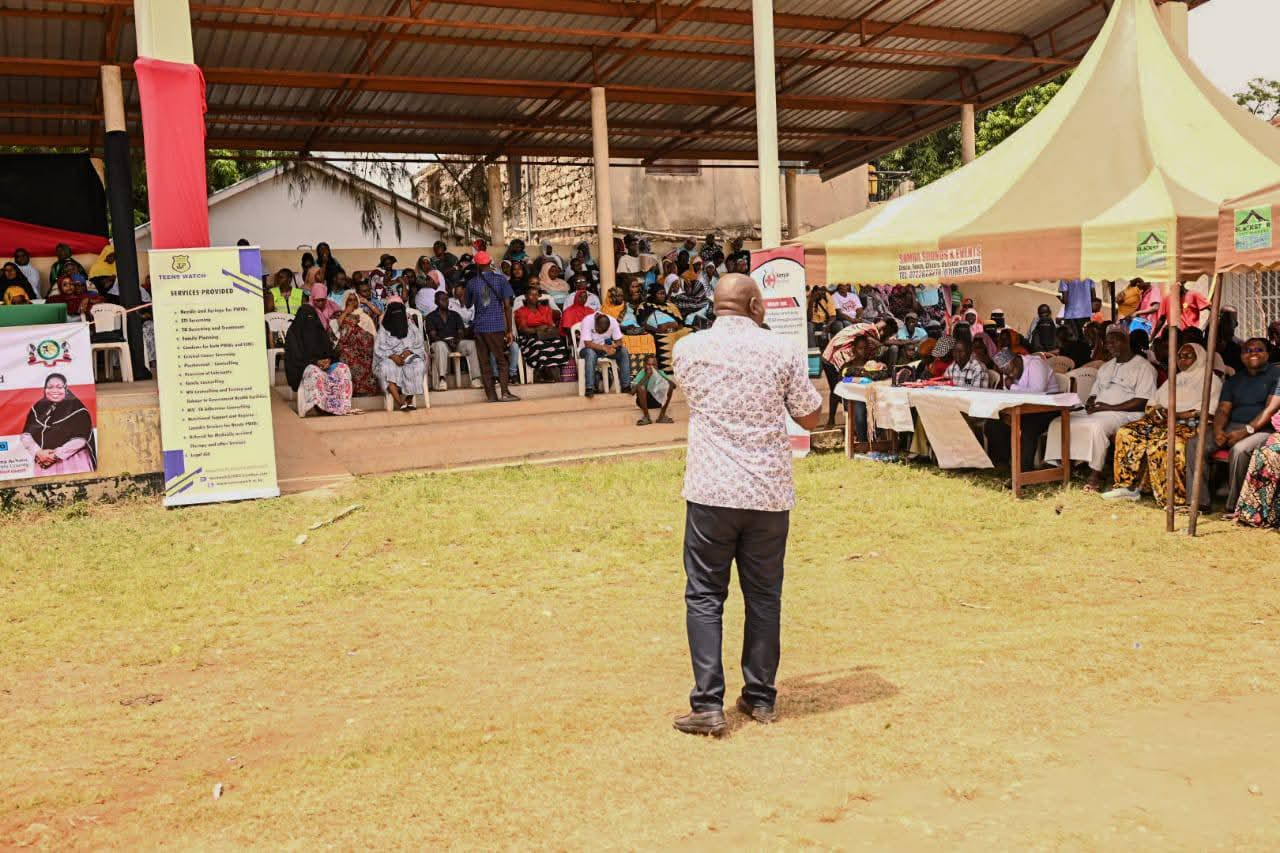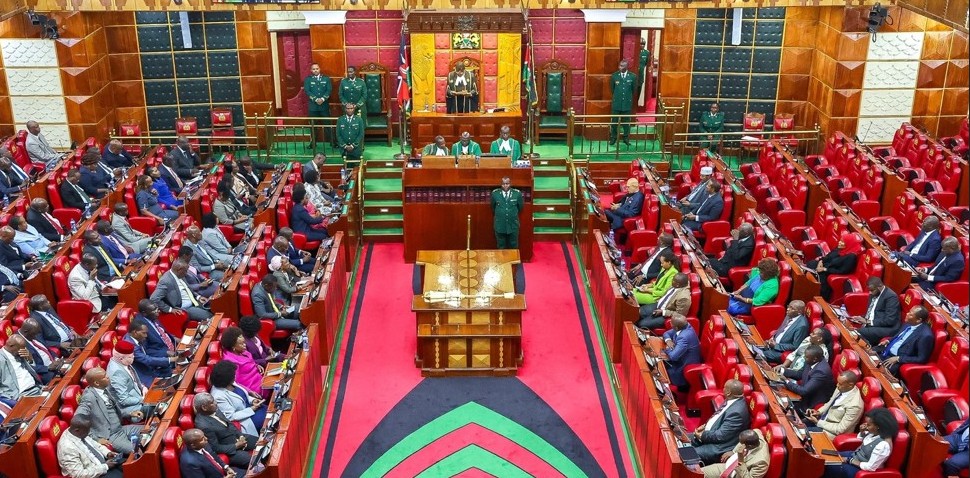Tanzania President Samia Suluhu dissolves entire electricity board after frequent power outages
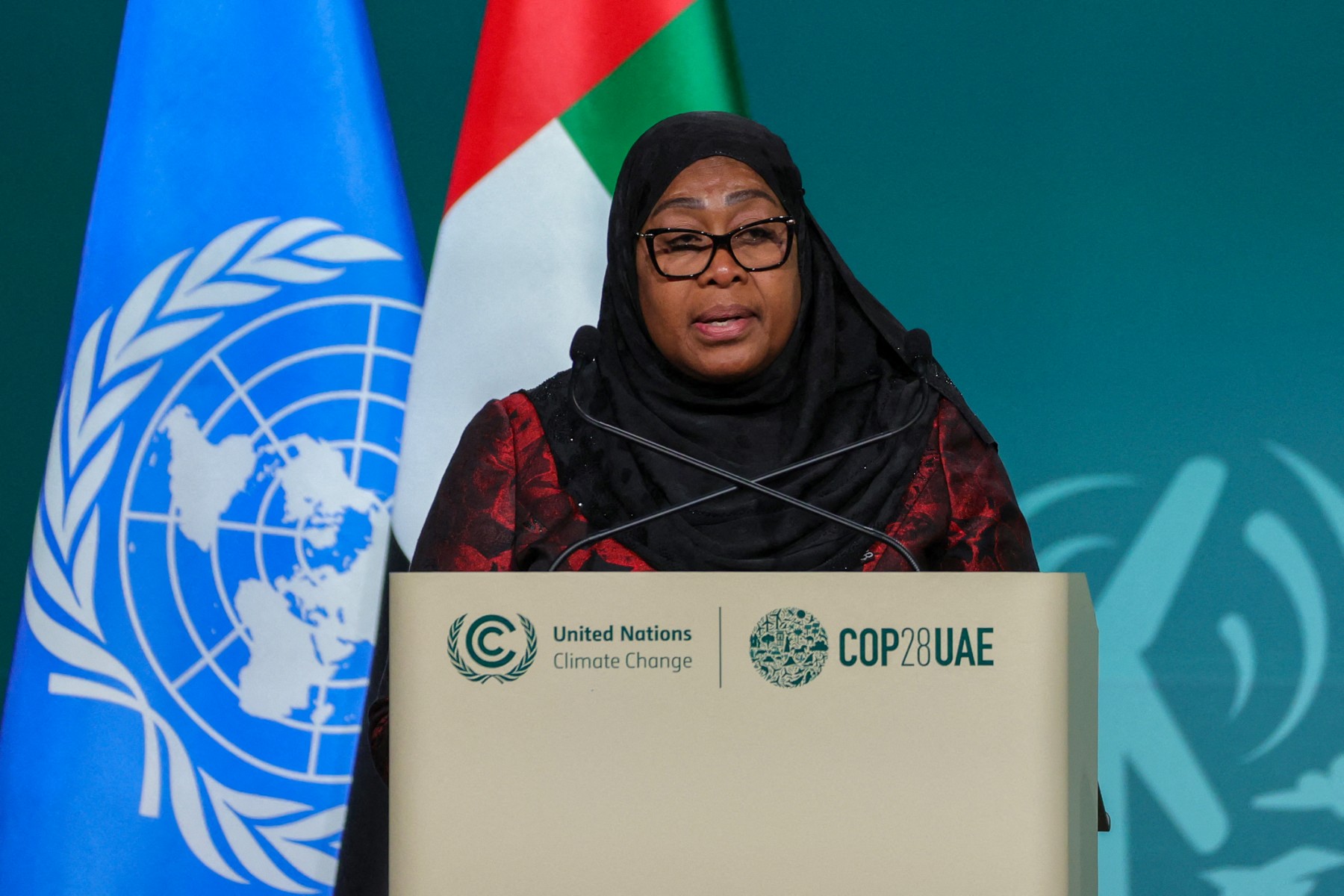
The action comes as a result of growing public dissatisfaction with the ongoing power rationing in the country.
In response to the frequent power outages plaguing Tanzania, President Samia Suluhu Hassan has made a decisive move by firing the entire board of the Tanzania Electric Supply Company (Tanesco).
The action comes as a result of growing public dissatisfaction with the ongoing power rationing in the country.
More To Read
- Over 16,000 in the dark as Kenya Power struggles to procure essential meters, transformers
- 122 electrocuted as illegal connections, encroachment rise - Kenya Power
- County governments owe Kenya Power Sh5.67 billion in unpaid electricity bills - report
- Tanzania dispatches envoy to Brussels to avert Sh23.3 billion EU aid freeze
- European Parliament moves to block Sh23.44 billion aid to Tanzania after post-election violence
- US Senate Committee on Foreign Relations calls for probe into Tanzania election violence
The former board chair, Major General Paul Kisesa Simuli, has been appointed as Tanzania's ambassador to Uganda, while Dr Rhimo Nyansaho, the director of business development at Azania Bank, has been chosen as the new board chair.
The change in leadership at Tanesco is part of a broader effort to address the country's power supply challenges. Tanzania is currently facing reduced power generation due to low water levels in dams and necessary repairs to the electricity infrastructure. These factors have led to a significant shortfall of 400 megawatts.
The situation has had a significant impact on industries and households, with manufacturers reporting a substantial increase in operating costs when relying on generators instead of the national grid.
However, the end of the country's power challenges is in sight as the Julius Nyerere hydropower dam began filling with water. When completed in 2024, the dam is intended to triple the country's installed capacity.
According to 2019 data from the most recent 2020 National Power System Master Plan (PSMP), natural gas accounts for 57 per cent of Tanzania’s generation capacity, while hydropower accounts for 37 per cent.
Off-grid capacity is still available, with liquid fuels providing most of the energy, while scattered biomass facilities account for less than one per cent of total generation capacity.
The PSMP intends to change that to 28 per cent from hydropower, 33 per cent from natural gas, 26 per cent from coal, and just over 12 per cent from wind, solar, and geothermal energy by 2044, but it is unlikely that this combination will be reached.
Top Stories Today

